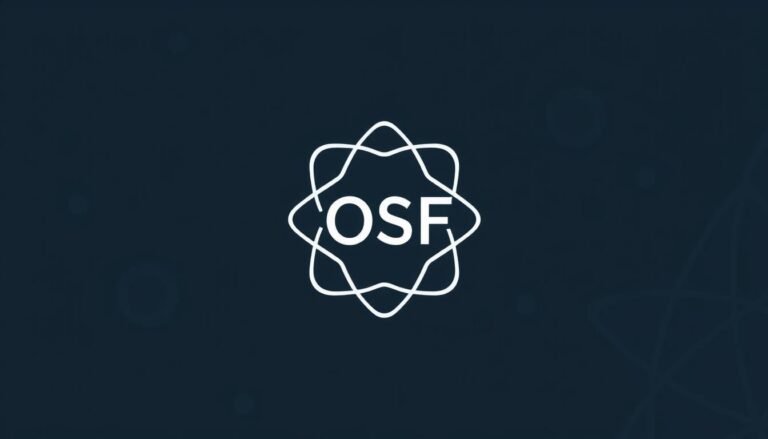
The Ultimate Guide: Feel Free to Modify Any of These Suggestions to Better Suit Your Audience or Focus!
Introduction
In the fast-paced world of content creation, adaptability is key. Whether you’re writing a blog post, crafting an email, or designing a marketing campaign, the ability to tailor your message based on your audience’s needs can make the difference between success and mediocrity. This article dives deep into the principle of modification, exploring the idea that you should feel free to modify any of these suggestions to better suit your audience or focus! By doing so, you not only enhance engagement but also deliver more value to your readers.
Imagine you’re at a networking event. You wouldn’t deliver the same speech to everyone. In the same vein, your content should resonate with its audience. Dive into this article to discover strategies, case studies, and practical tips that illustrate the art of modification, ensuring your message lands just right.
Understanding Your Audience
The Foundation of Effective Communication
Before diving into modifications, it’s crucial to understand your audience. Here are some key steps:
- Demographics: Know their age, gender, location, and education level.
- Interests and Pain Points: What are their passions? What challenges do they face?
- Behavioral Insights: How do they interact with your content? What platforms do they use?
Understanding these facets helps you create customized suggestions. For instance, if you know your audience prefers concise content, you can modify your suggestions to be more direct.
Case Study: The Power of Audience Segmentation
Company Example: XYZ Marketing Agency
XYZ Marketing Agency learned the importance of segmentation when they revamped their email marketing strategy. Initially, their emails went out to everyone, resulting in a 10% open rate. After segmenting their email list according to interests, they tailored content accordingly. The result? A staggering 25% open rate, proving that you should feel free to modify any of these suggestions to better suit your audience or focus!
Techniques for Effective Modification
Content Formats: Adapting Suggestions for Different Mediums
There’s no one-size-fits-all approach to engagement. Here’s how you can modify your suggestions based on content type:
1. Blogs vs. Social Media Posts
- Blogs: Detailed insights with research and links.
- Social Media: Snappy, eye-catching visuals with quick messages.
2. A/B Testing
Conduct A/B tests to evaluate which modifications resonate most with your audience. For example, vary your call-to-action.
| A/B Test Variant | Open Rate (%) | Click-Through Rate (%) |
|---|---|---|
| Variant A | 20 | 5 |
| Variant B | 30 | 10 |
Case Study: A/B Testing in Action
Company Example: ABC E-commerce
ABC E-commerce wanted to boost sales during a seasonal sale. They split their email list into two groups, sending different subject lines. The “50% Off Today Only!” subject line had a much higher open and click-through rate than “Seasonal Sales Are Here!”, showcasing the impact of modifications.
The Art of Tailoring Your Message
Language and Tone
Modifying language and tone can drastically impact perception:
- Formal vs. Casual: Choose a tone that resonates with your audience. For professionals, a more formal tone might work better, whereas casual language may appeal to a younger demographic.
- Emotion vs. Logic: Some audiences respond better to emotional appeals, while others prefer rational arguments.
Practical Tip: Use Examples and Anecdotes
Sharing relatable stories can make your suggestions more accessible. For instance, when discussing modifications, relate a personal experience where a slight change led to a positive outcome.
Incorporating Visuals and Data
The Power of Tables and Charts
Visual elements can enhance comprehension. Use the following types:
- Infographics: Ideal for summarizing complex information.
- Tables: Perfect for comparing data, like A/B test results.
| Content Type | Engagement Rate | Best Practices |
|---|---|---|
| Blog | 5% | In-depth articles with SEO optimization |
| 20% | Compelling subject lines and clear CTAs | |
| Social Media | 10% | Visuals and concise messaging |
Case Study: Visuals Impacting Engagement
Company Example: DEF Non-Profit
DEF Non-Profit launched a campaign using infographics to communicate their impact. Engagement rates shot up by 40% compared to previous campaigns that relied solely on text, emphasizing that you should feel free to modify any of these suggestions to better suit your audience or focus!
Feedback Loops: Continuous Improvement
The Importance of Feedback
Once you’ve implemented modifications, gathering feedback is crucial. Surveys, social media comments, and analytics are invaluable tools for understanding audience responses.
Practical Steps for Implementing Feedback
- Surveys: Create short surveys after content consumption.
- Engagement Metrics: Utilize analytics tools to track engagement.
Case Study: Building a Feedback Loop
Company Example: GHI Tech Start-Up
GHI Tech implemented a feedback loop for their app. By actively soliciting user feedback and applying that to future updates, they not only enhanced user satisfaction but also saw a drastic increase in user retention.
Conclusion
Adapting your content is not just a tactical choice; it’s an essential strategy for connecting with your audience. From understanding demographics to modifying language, tone, and format, feel free to modify any of these suggestions to better suit your audience or focus! Personalization creates a stronger bond with your audience, leading to improved engagement and satisfaction.
Whether you’re a blogger, marketer, or business owner, remember that the key to success lies in the details. Keep your audience at the forefront, continuously adapt, and strive for improvement. As you embark on this journey of modification, you’ll discover the vast potential it holds for enhancing your content and converting your audience into loyal fans.
FAQs
1. Why is audience understanding crucial for content modification?
Understanding your audience allows you to tailor suggestions and content that resonate with their interests and needs, leading to increased engagement.
2. How can I effectively segment my audience?
Consider demographic information, interests, and past behaviors to create targeted segments for communication.
3. What is A/B testing, and how can it help in modification?
A/B testing involves creating two versions of content to determine which performs better. It helps refine your approach based on data-driven results.
4. How often should I seek feedback on my content?
Make it a regular practice; after each campaign or significant piece of content, solicit feedback to continually improve.
5. What tools can I use for analyzing audience engagement?
Consider using analytics tools like Google Analytics, social media insights, or dedicated survey platforms like SurveyMonkey or Typeform to gather data.
By keeping these strategies in mind, you can fully leverage the principle of modification to enhance your content strategy effectively. Happy creating!
















